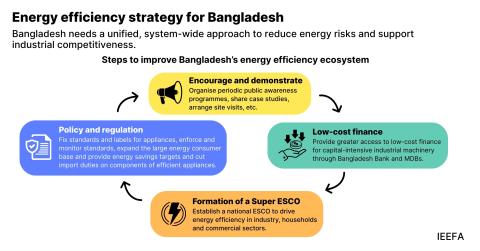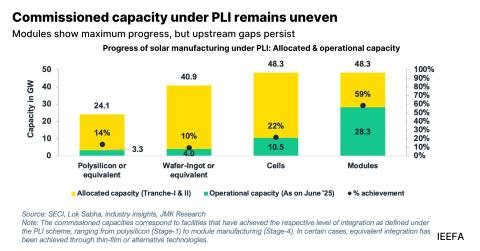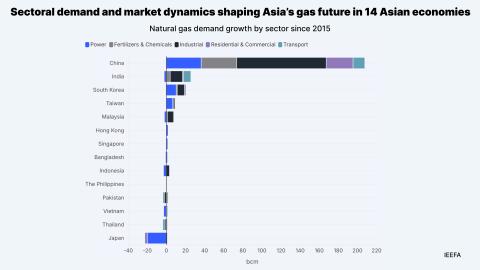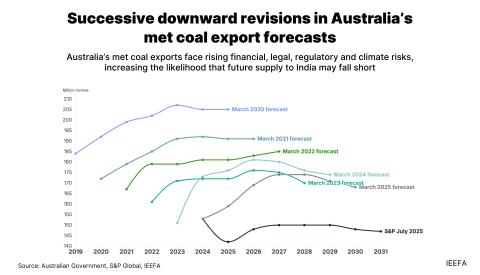Potential for sustainability-linked bond market revival after Slovenia’s landmark issuance
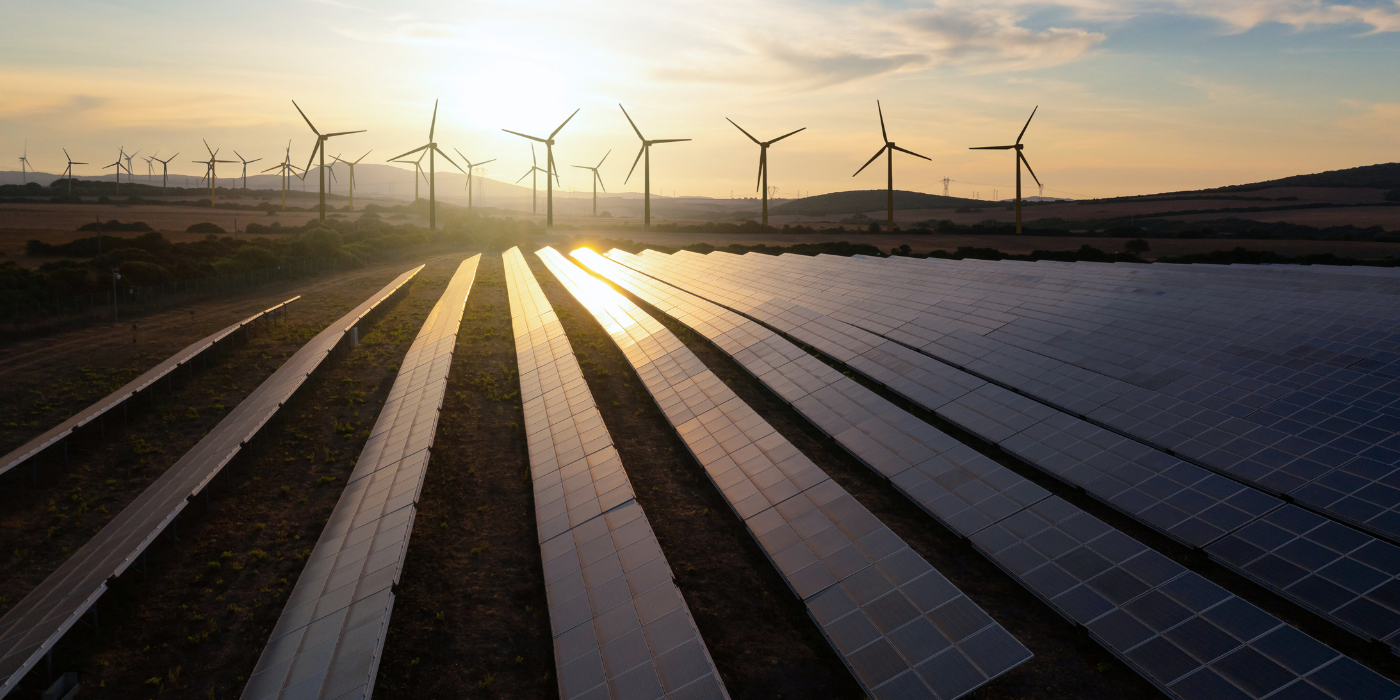
Key Takeaways:
Slovenia’s landmark sustainability-linked bond (SLB) issuance may encourage many well-equipped European countries and corporates to explore SLBs as a complementary tool to their green bond programmes.
SLBs can help investors better navigate climate-related risks, but each deal requires close scrutiny due to issuers’ varying business and emissions profiles.
High-profile SLB issuers can bring market volume, liquidity, confidence and benchmark-setting potential, all of which can catalyse continued growth and investor interest.
European issuers could help unleash the SLB market’s potential by combining sustainability-linked and use-of-proceeds bond structures.
24 July 2025 (IEEFA) | Strong investor demand for Slovenia’s recent sustainability-linked bonds (SLBs) could signal a resurgence of the debt instrument and encourage other European countries and companies to follow suit with similar offerings.
In June 2025, Slovenia became the first European country to issue SLBs. The €1 billion 10-year note is tied to a 2030 emissions reduction target and was 6.5 times oversubscribed.
New research from the Institute for Energy Economics and Financial Analysis (IEEFA) finds that many large European sovereigns, corporates and financial institutions are well equipped to issue SLBs to drive decarbonisation and help investors manage climate-related credit risks.
Unlocking the potential of SLBs will require a broader and more diversified issuer base, more rigorous target setting and the use of more innovative financial structures, according to the report.
“There is significant potential for an SLB revival. Many European countries and companies with established green bond programmes are likely ready to issue SLBs and present investors with portfolio allocation opportunities,” said Kevin Leung, author of the report and a sustainable finance analyst at IEEFA.
“High-profile issuers can bring market volume, liquidity, confidence and benchmark-setting potential, all of which can catalyse continued growth and investor interest.”
SLBs’ performance-linked structure is suitable for a wide range of issuers at various stages of their transition plans. Issuers could better use SLBs to showcase credible transition targets and investment plans.
Italy is the world’s largest SLB market by volume, as power utility Enel, gas distributor Snam and oil company Eni are among the top six SLB issuers globally. The report finds that their differing emissions profiles and business models underscore the need for close investor scrutiny.
As the market develops, investors are expected to assess deals more efficiently. Over time, SLBs’ performance-linked structure will allow investors to better navigate the credit implications of climate-related risks and opportunities, enabling more informed climate-aligned capital allocation.
Despite the benefits, the number of SLB issuances globally has declined since 2021. Fewer than 10 issuers made their SLB debut in the first half of 2025, compared to more than 100 in 2022.
IEEFA believes green bonds and SLBs should not necessarily be viewed as mutually exclusive. European issuers could help unleash the SLB market’s potential by combining sustainability-linked and use-of-proceeds structures.
The new European Green Bond Standard presents an opportunity to introduce sustainability-linked European Green Bonds. These would add a sustainability performance structure to use-of-proceeds green bonds aligned with the standard.
Leung said: “This combined structure provides unique benefits in credibility, accountability and versatility, and could spur market innovation at a time when the SLB market needs renewal.”
Read the report: https://ieefa.org/resources/sustainability-linked-bonds-why-europe-can-reignite-market
Notes to editors
- Sustainability-linked bonds are linked to an issuer’s achievement of sustainability objectives. The bond proceeds are intended to be used for the issuer’s general corporate purposes rather than individual projects. Issuers pay a penalty if they fail to meet their targets.
- Use-of-proceeds green bonds are used to finance projects or activities with positive environmental impacts. Project categories eligible for green bond issuance include renewable energy, energy efficiency, clean transportation and green buildings.
Press contact
Jules Scully | [email protected] | +447594 920255


